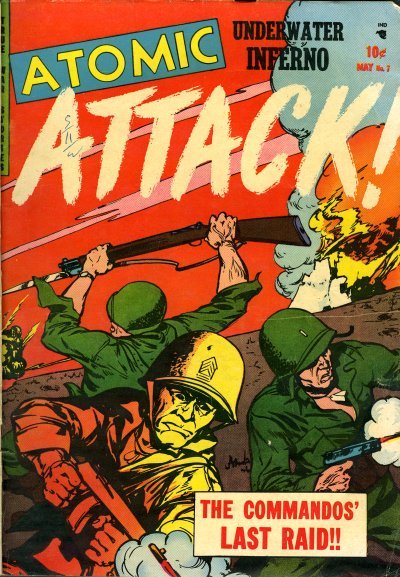While the scientific discoveries of Thomas Becquerel and the Curies had piqued the curiosity of some, it took sensationalized popular media to bring radioactivity into the public consciousness.
In 1912 Albert Dorrington published The Radium Terrors, a thriller following a private detective in search of a radium thief.1 The story was a predecessor to the "Fu Manchu" stories of the 1940s and '50s, featuring a heavily stereotyped Japanese villain. Though culturally insensitive and scientifically impractical, the story brought radiation studies into American homes.
In 1920 Karel Čapek, a Czech writer, published Rossum’s Universal Robots, one of the first books to feature the concept of artificial intelligence. Two years later he published The Absolute at Large, a story set in 1943 where the destruction of matter through reactor-like machines could produce an infinite source of cheap energy.2 That same year, he published Krakatit, which included use of a device similar to the nuclear weapons that would materialize decades later.3
Čapek proved to be one of the earliest and most accurate writers of speculative fiction in the first half of the twentieth century. The works of Aldous Huxley, H. G. Wells, and others continued this tradition through World War II. Then, on August 6, 1945, fiction became a reality and imagination made way for science.

